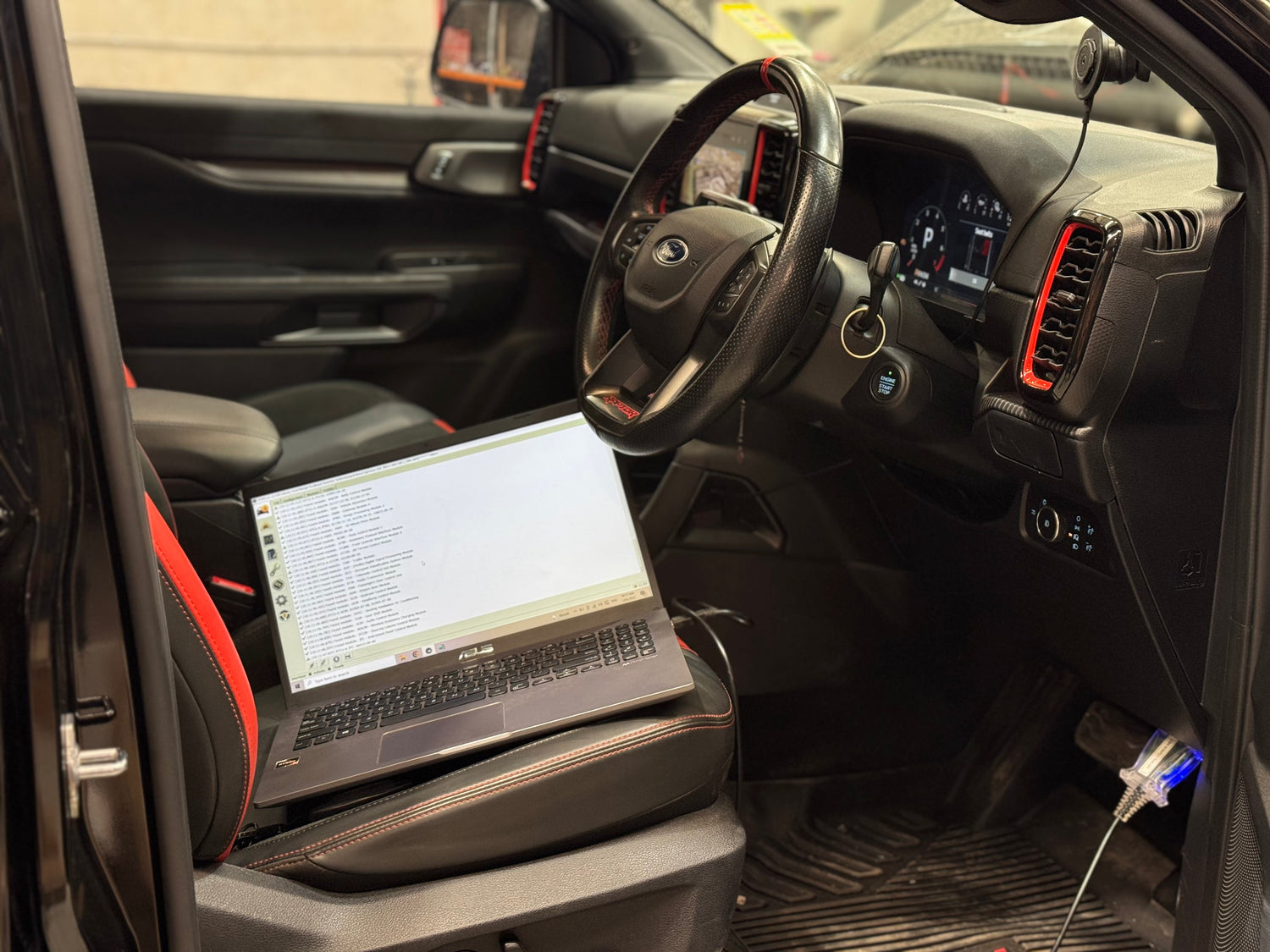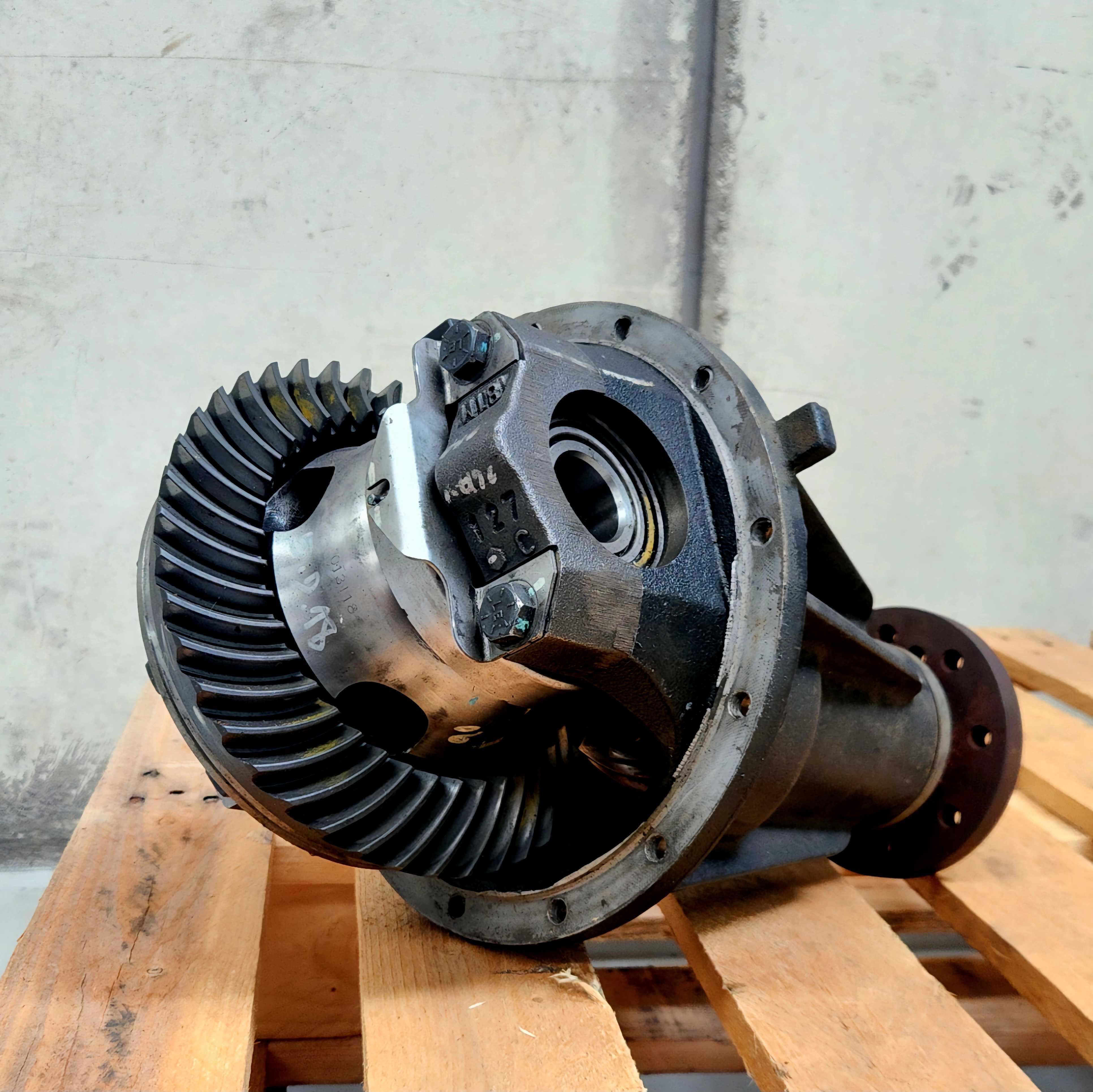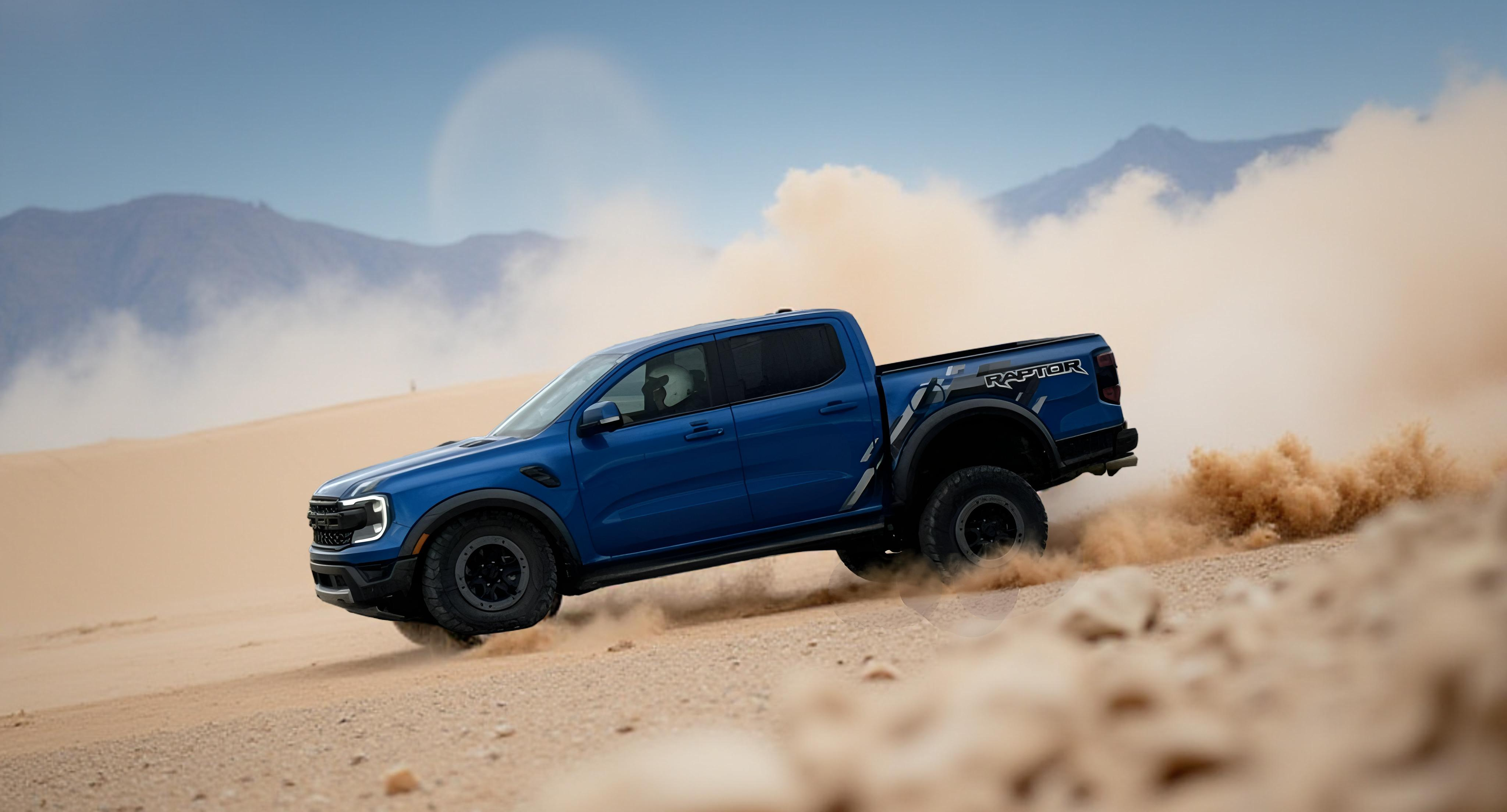So you’ve installed your new strut top spacers. The front sits taller, the stance is dialled, and your Next Gen Ranger Raptor finally looks like it means business. But there’s one small, often-overlooked detail that could throw a spanner in the works: your factory ride height sensors are still set for stock height.
Ignore that, and your Raptor’s going to start acting... confused.
Wait, What Do Ride Height Sensors Even Do?
Modern Raptors — especially the 2022+ P703 platform — are clever rigs. They come equipped with sensors that constantly measure suspension height at each corner. This data gets fed into various systems, including:
- Automatic headlight levelling
- Adaptive suspension (Fox Live Valve)
- Stability control and ride calibration
So when you lift the front end, those sensors suddenly report false readings. The truck thinks it's squatting — or broken — and tries to compensate. Cue weird headlight aim, erratic damping behaviour, or random warnings that make no sense.
Good News: You Don’t Need to Pay a Dealer
You can fix it yourself in about 15 minutes using a laptop, a quality OBD2 adapter (like OBDLink EX or MX+), and a bit of free software called FORScan. It’s basically the Swiss Army knife for late-model Ford vehicles. And yes, it works.
Let’s break it down into plain English.
🛠️ What You’ll Need
- Windows laptop
- OBD2 adapter (we recommend OBDLink EX or MX+ — rock solid with FORScan)
- FORScan software (download free from forscan.org)
- A trial license
- A calm place to park and work — ideally level ground
- Your Raptor, obviously
🧠 Step-by-Step: How to Recalibrate Your Ride Height Sensors After a Lift
This process might sound technical, but once you're in it, it’s pretty straightforward. Here’s how to get it done without frying your brain.
1. Prep the Truck
- Make sure your vehicle only has its normal day to day weight. No excess gear.
- Start your Raptor with your foot on the brake.
- Shift the gear selector into Neutral.
- Press the “M” button on the side of the gear shifter (this puts it in Manual mode).
- Now turn the engine off, but keep the ignition in accessory mode.
This puts your vehicle in the right state for FORScan to talk to its modules without the engine running.
2. Connect to FORScan
- Plug your OBD2 adapter into the port (usually under the dash, above your left knee).
- Connect the other end to your laptop.
- Fire up FORScan.
- Accept any warning messages (you might get a performance or compatibility notice — just tick Yes).
Once connected, FORScan will start scanning your vehicle. When the “Vehicle + Ready” indicators turn green, you’re good to go.
3. Save Your Vehicle Profile
This part’s easy — FORScan will prompt you to save your vehicle’s profile. Click Yes. That way, you don’t have to re-scan everything next time.
4. Read PID Data
- Click the icon that looks like a waveform or graph (PID Data Reader).
- A window will pop up with a bunch of blank fields.
- Double-click anywhere in the blank space.
- Change the Module Type to VDM (Vehicle Dynamics Module).
- Now scroll through the list and find the four Corner Height parameters. They might be listed as:
- FL_Height
- FR_Height
- RL_Height
- RR_Height
Use the arrow to move them to the right-hand selection box. Once all four are selected, click the tick at the bottom.
Now you’ll see each corner’s ride height value show up on screen. They’ll probably be uneven due to the lift — which is exactly what we’re here to fix.

5. Start and Stop Live Data
- Click the Play button at the bottom (this starts live data).
- Let it read for a few seconds.
- Then hit Stop.
This step just confirms that the sensors are reading correctly — don’t skip it.

6. Open the Service Procedure Menu
- Now click the icon that looks like a spanner (Service Functions).
- From the list of service procedures, find and select VDM Ride Height Calibration.
- Hit the Play button at the bottom to run it.

7. Follow the Prompts
FORScan will throw up a few screens now. Here’s what to do:
- A warning will appear — read it and hit OK
- It’ll ask how much fuel you’ve got in the tank. Select the correct level (rough estimate is fine).
- Now the calibration process will begin — sit tight and let it hit 100%
Once completed, you’ll see a message: “Service Procedure Completed Successfully.” Nailed it.


8. Confirm It Worked
Want to double-check? Go back to the PID Data (waveform) screen and hit Play again. The numbers in the four corner height boxes should now be much more even. If one is slightly off, don’t stress — minor differences are totally normal.

9. Disconnect FORScan
Hit the disconnect icon in the lower toolbar to safely disconnect your car from the computre.

⚠️ What Happens If You Skip This Step?
Look, the truck won’t explode — but it won’t behave properly either.
Without recalibrating:
- Your headlights might aim too low or too high
- Suspension may react oddly over bumps or dips
- You might get unexpected fault codes or stability warnings
- Worst case? Your adaptive systems start to fight the lift, not work with it
It’s like training your suspension to understand its new body. Give it that chance.
Real Talk: Why G.O.A.T Includes This in Our Lift Process
We’re not just chucking in spacers and calling it a day. Every product we sell is designed to work with your Raptor’s factory systems, not against them. That’s why we include access to this calibration guide — so you can finish the job right.
We’ve spent countless hours testing this stuff in the real world — from corrugated tracks to full-send test days — and sensor calibration always makes a difference.
Still Got Questions?
Not everyone’s keen on laptops and diagnostics — and that’s cool. If you get stuck, give us a call or shoot us a message. We’ll walk you through it.
And if you're nearby? Book in and we’ll do it for you in-house. No stress, no guesswork.
Wrap-Up
Lifting your Raptor is about more than just looks — it’s about making it better. Stronger stance, sharper presence, and yes — smarter performance. But only if you finish the job.
So recalibrate the ride height sensors. Your truck will thank you for it.
And hey — if you haven’t lifted it yet? You know where to find the good stuff.




Dejar un comentario
Este sitio está protegido por hCaptcha y se aplican la Política de privacidad de hCaptcha y los Términos del servicio.